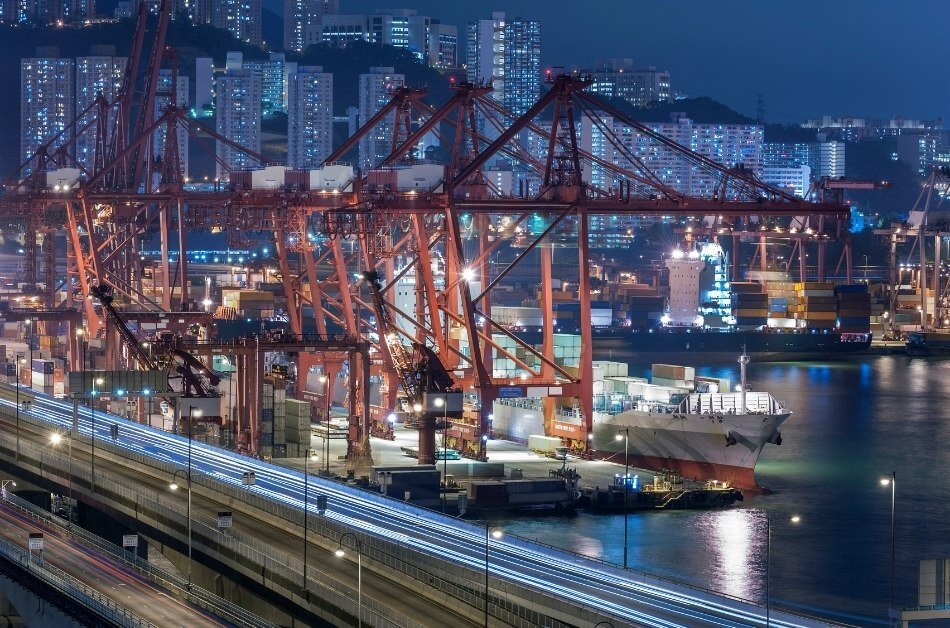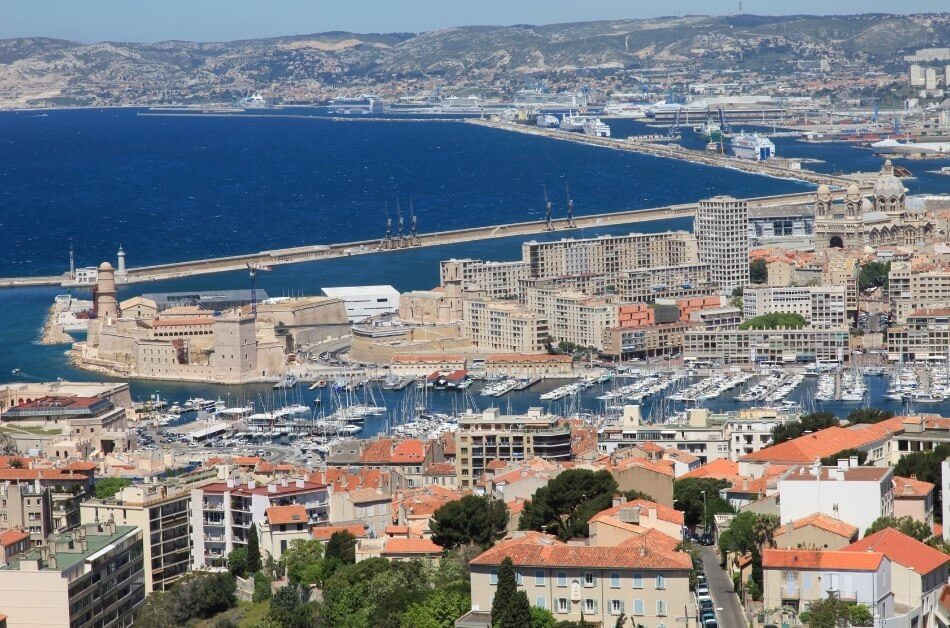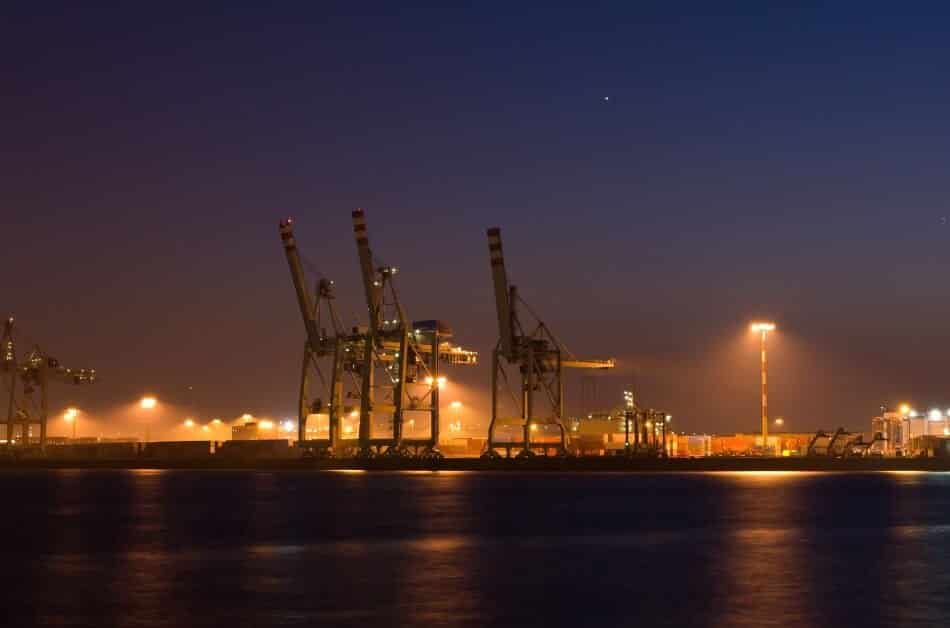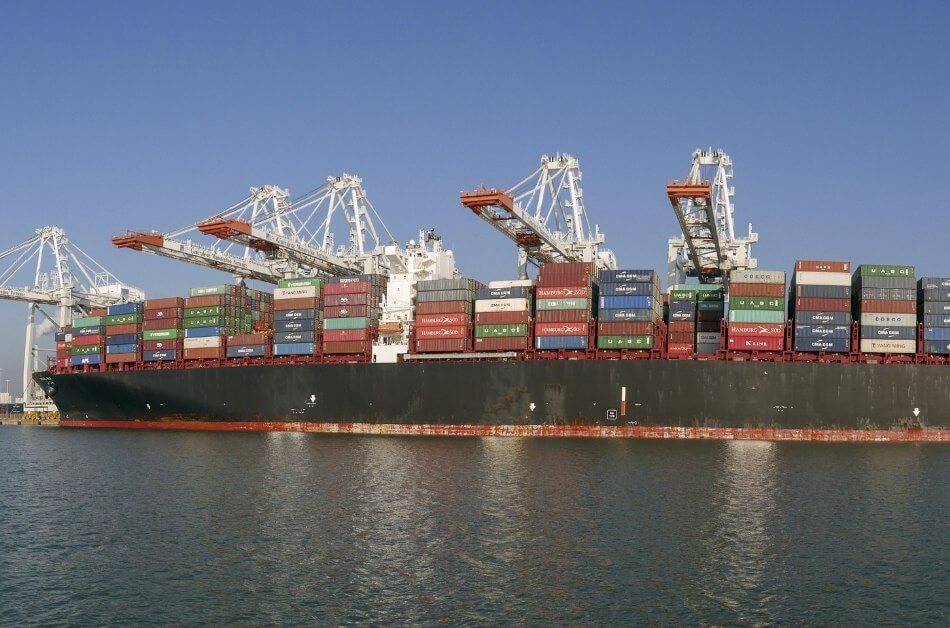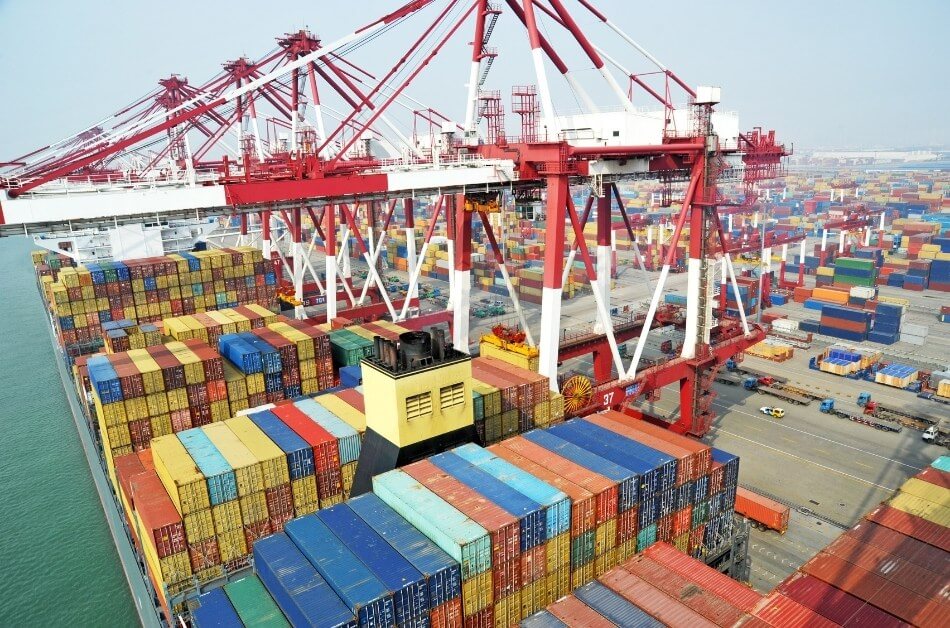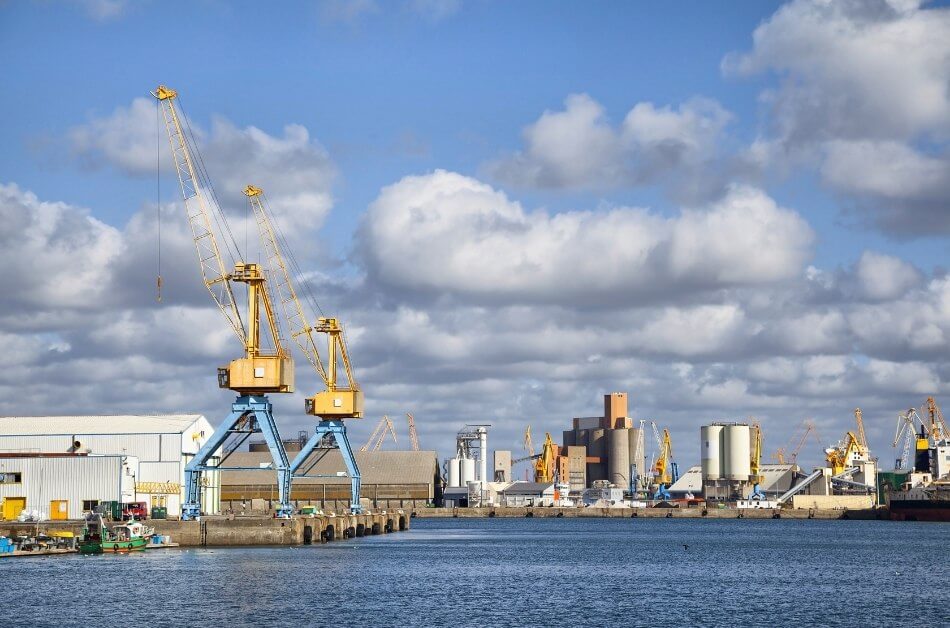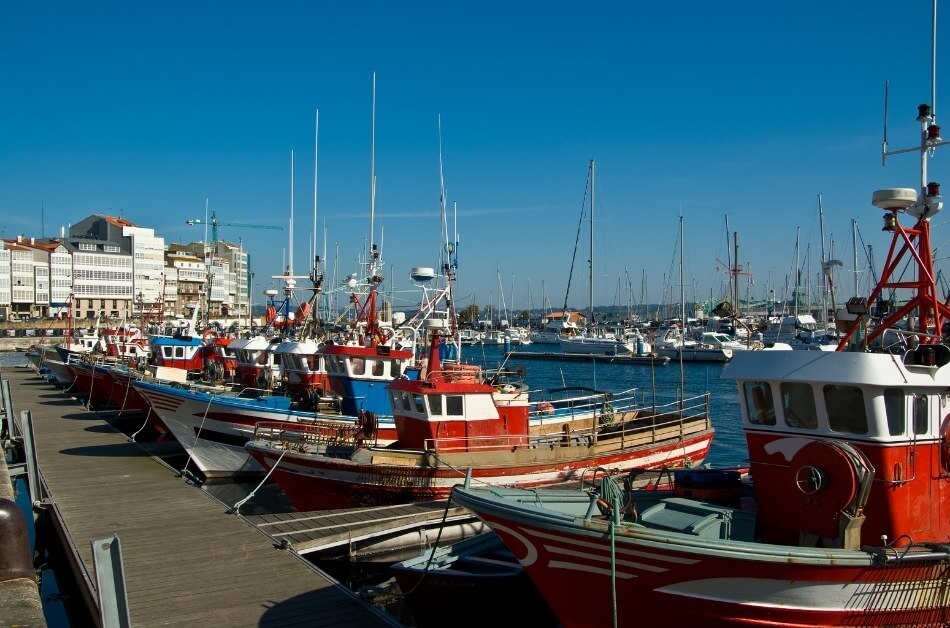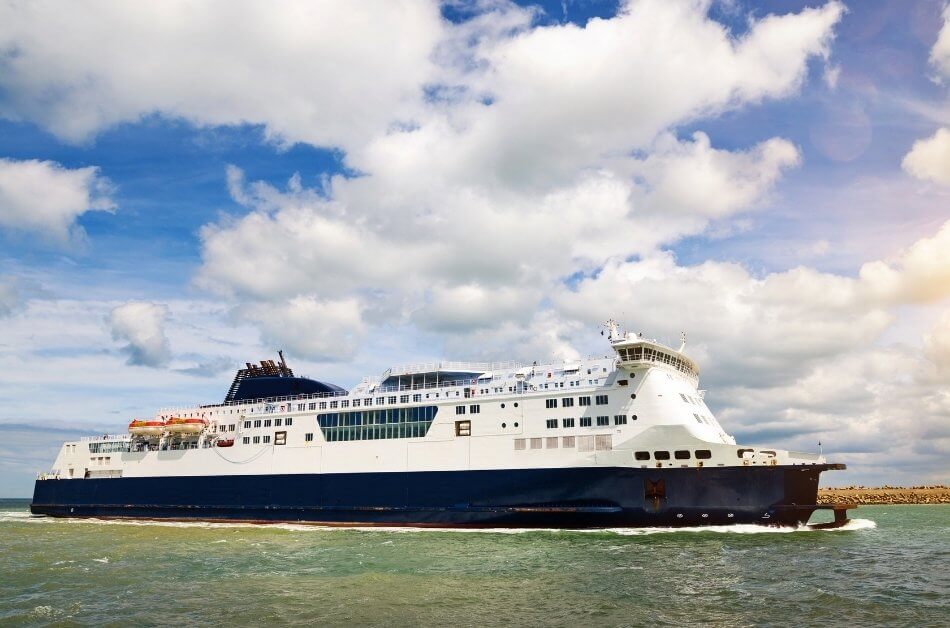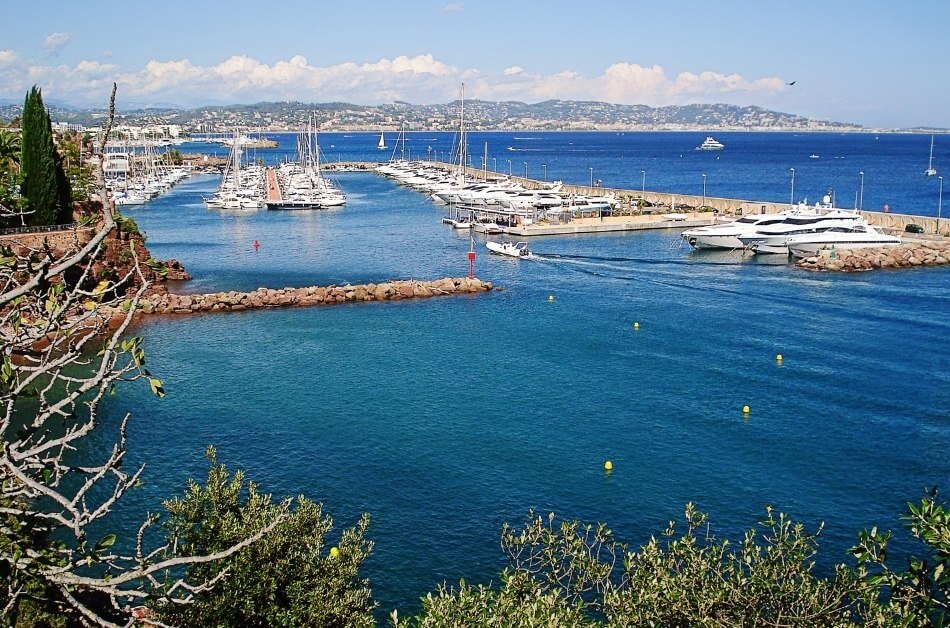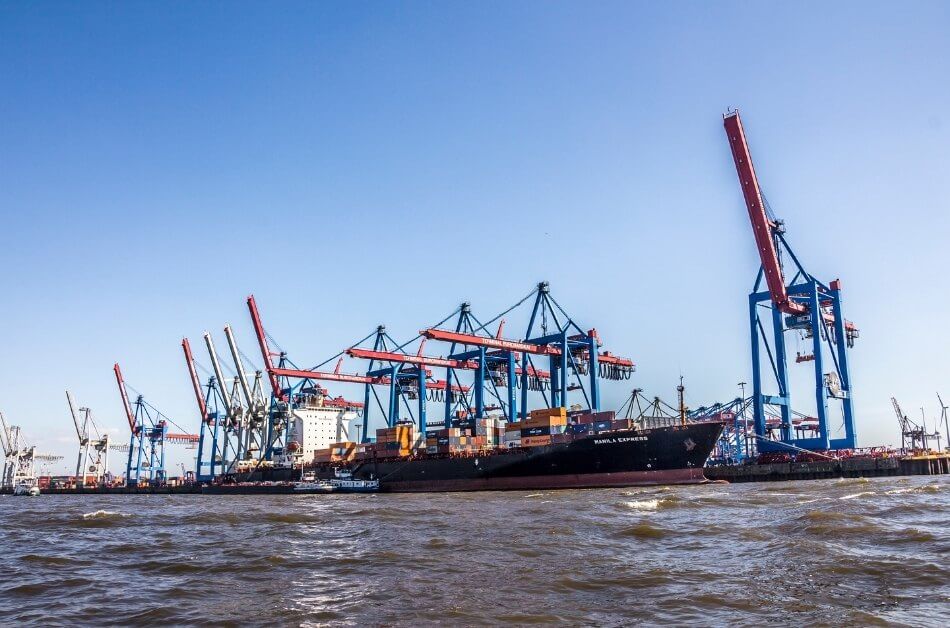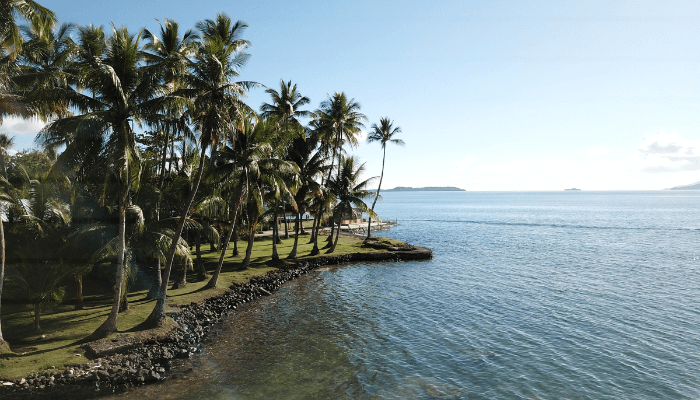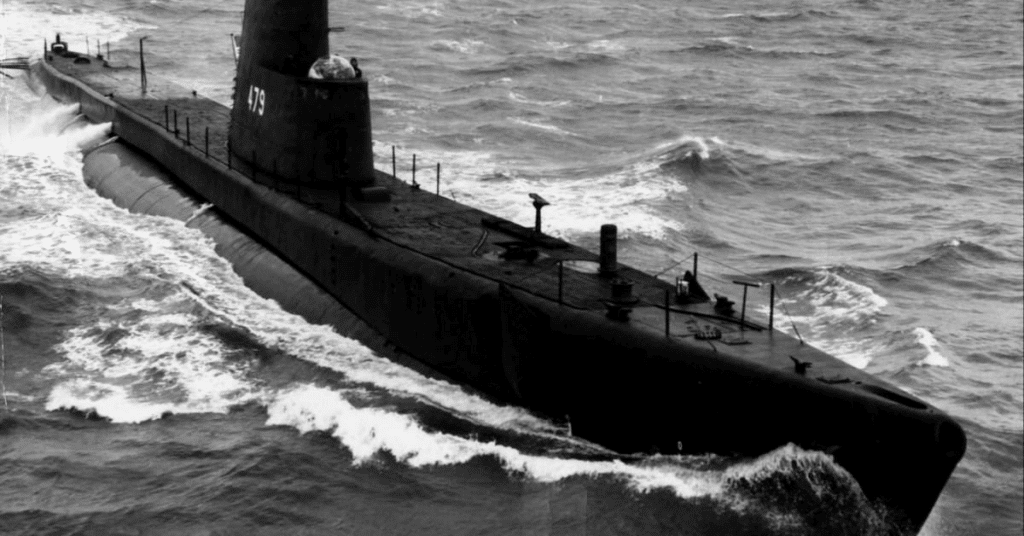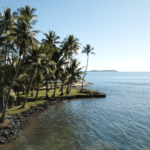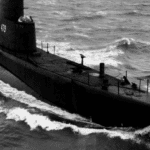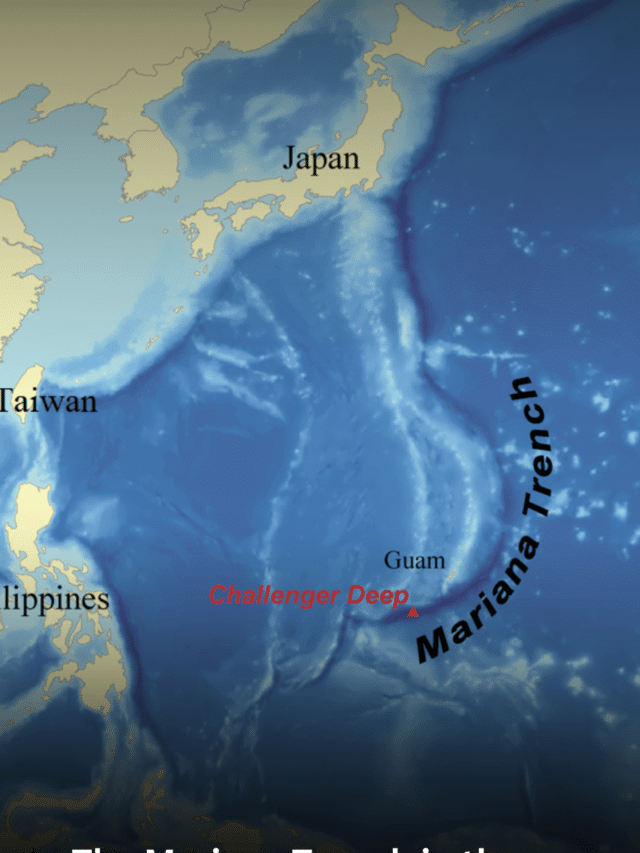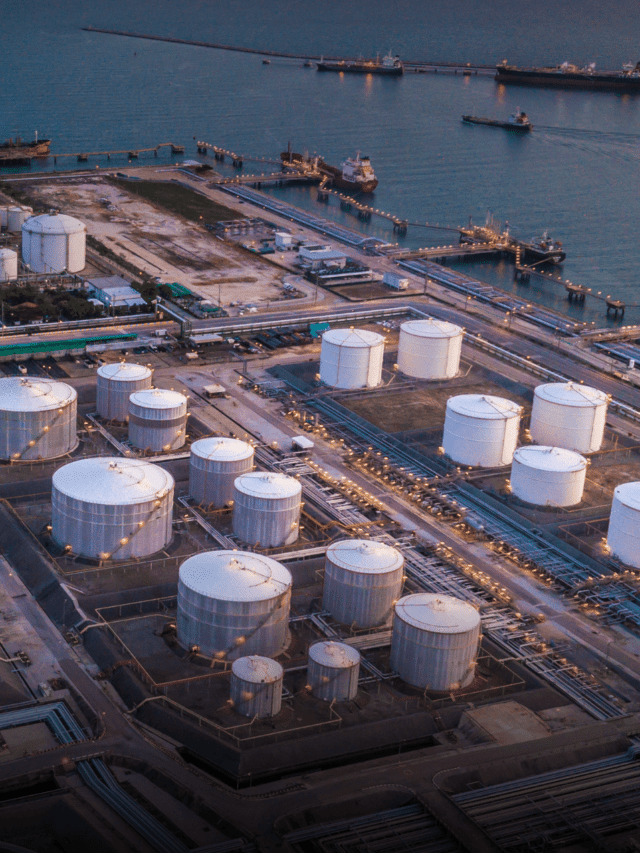10 Major Ports in France
France is primarily a part of Western Europe and comprises Metropolitan France amongst several marine regions and borders. Metropolitan France extends from the area of Rhine to the North Sea, encompassing the Atlantic Ocean, Mediterranean Sea and the English Channel on its way.
The marine borders of France include French Guiana of South America and many islands located across the Atlantic, Pacific, and Indian Oceans.
The country has borders with Belgium, Luxembourg, and Germany towards its northeast direction; countries of Switzerland, Monaco, and Italy towards the east direction and countries of Andorra and Spain towards the southern direction.
Some of the hip areas of France include Lyon, Marseille, Toulouse, Bordeaux, Lille, and Nice. The country of France has the highest number of time zones ever constituted by any country, standing at twelve.
France has the fifth-largest UNESCO World Heritage Site of the world. It is also a prime tourist destination, with a record of more than 89 million foreign visitors visiting in 2018.
France is also a member of the World Trade Organization (WTO), and it conducts foreign trade with other European partners, and the U.S. France is U.S.’s ninth-largest trading partner. Africa and Asia are also important trade partners to France.
This European country is a renowned centre of literature, culture, art, food, and fashion and a significant exporter of such goods, machinery, transportation equipment, plastics, and aircraft. The French government encourages every aspect of their foreign trade.
In the Fortune Global 500 in 2013, France was ranked 4th, and it’s captivating. Paris was ranked as the second most crucial location globally for the world’s 500 largest companies’ headquarters.
The Ports in French also play a significant role in the export and import trade of the country. The country is the second-largest exporter and importer in Europe after Germany. Let us look into the most important ports in France.
10 significant ports in France
The Autonomous Port of Paris
The Autonomous Port of Paris is recognized as a State public institution. Its mission is to develop waterway transport of goods and passengers in the Ile-de-France region. The state achieves this by developing, maintaining, and operating the port facilities of Paris and the surrounding region.
The Autonomous Port of Paris develops river traffic in the Paris region, and along with it, it also manages port facilities along over 300 miles of navigable routes.
The port was France’s first inland container port, and it is the crucial river port system of France. It stands as number two across Europe.
The Autonomous Port of Paris welcomes both goods and passengers. When it comes to container traffic, it handles over 130,000 TEUs annually. The Autonomous Port of Paris’s major multi-modal platforms combines up to five transport modes: the waterway, maritime, road and rail, an oil pipeline in Gennevilliers, and the Nanterre.
Since its creation in 1970, the port has introduced facilities to construct a kind of “metro system” for goods that are indispensable to both the economy and urban ecology. It includes removal of household waste, transport for industry, and the building public works sector.
The Port also ensures that these new changes blend in the landscape, are efficient, environmentally friendly, have high architectural and global planning standards.
The Port of Marseille
The Port of Marseille, also known as the Marseille Fos Port, is one of France’s main maritime ports, and it handles both goods and passengers.
The port has overall traffic of 88 million tons. This port has two main sites, one in the northern Marseille from La Joliette to l’Estaque and the other in the Fos-sur-Mer, about 31 miles northwest of Marseille.
Marseille’s port is France’s largest port, the second-largest Mediterranean port, and the fourth-largest European port. This port transported 79 million tons of goods in 2019, making it the 41st port in the world. The local port was historically known as the Old Port of Marseille.
The Port of Lyon
The Port of Lyon is famously known as port Édouard-Herriot. Lyon is a Rhone-Saone river cruise port in the Auvergne-Rhone-Alpes region in east-central France.
It exists between Marseille and Paris City on the river Rhone and covers nearly 520 acres. The Port is responsible for handling over 12 million tons of goods per year, including 3 million tons of hydrocarbons.
The port has two container terminals. The Port of Lyon is a passenger port. The Port of Lyon facilitates trade with the north of Europe, east of France, and the Mediterranean.
The Port of Le Havre
A state agency known as the Grand Port Maritime du Havre efficiently manages the Port of Le Havre. It is the Port and port authority of the French city of Le Havre.
This port is the second-largest among the commercial ports of France when it comes to overall tonnage. It is also the largest container seaport in the country.
In addition to this, it is also a major cruise port. This port deals with a wide range of goods, with three sets of terminals dedicated to containers and over four miles of docks.
The north terminal of this Port covers approximately 237 acres. An excellent feature of this port is that it can accommodate all sizes of world cruise liners, and a significant new marina is on the plans. The Le Havre Port is linked to Portsmouth and England by Brittany Ferries.
The Port of Deauville
This Port in France is the harbour of the town of Deauville. Port-Deauville, also known as Port de Plaisance Deauville, is located in the commune Deauville, on the northwestern side of France, and the English Channel’s shores.
There are two harbors, Port Morny and Port Deauville. The oldest is the Port Morny, situated 500m upstream the Touques, and is kept level with a lock.
The Marina is built within the residential complex of Port Deauville. Port Deauville was built in 1972 to compensate for the yacht basin’s saturation at Port Morny. Port Deauville can accommodate as many as 850 yachts, with 150 berths reserved for the visitors.
The Port of Brest
The Port of Brest, one of the most westerly significant ports, lies on France’s northern coast in the Bretagne (Brittany) region. It is secured from the mighty Atlantic Ocean by the Queen Peninsula and the Goulet Passage.
It is assumed to be the first port in France that vessel from America. Brest’s port is known for offering its customers easy access at any time, deep-water docks, efficient modern equipment, and quick and effective service and quality.
The Port of La Pallice
La Pallice, famously known as grand port maritime de La Rochelle, is the commercial deep-water port of La Rochelle in France. The Port of La Rochella has oil unloading equipment and mainly handles tropical wood.
La Pallice is the home of La Rochelle’s fishing fleet, which was moved from the old harbour in the city centre during the 1980s.
The Port of Calais
The Port of Calais in northern France is a port in Calais. This port was the first cable ship in Europe, the fourth-largest port in France, and it is the largest for passenger traffic. The Port of Calais accounts for more than one-third of the economic activity in the town of Calais.
The Trouveille-Sur-Mer Port
The Port of Trouville-sur-Mer is the harbor of the city of Trouville-sur-Mer, situated on the River Touques, along the Boulevard Fernand Moureaux and downstream from the Pont des Belges in France.
The docks of Trouville constitute a district within the city. The main building on the docks is the fish market.
The Port of Gennevilliers
The Port of Gennevilliers is the most prominent French river port and the largest port in the Ile-de-France, located in the commune of Gennevilliers in the north of the Hauts-de-Seine.
Primarily a commercial port, the Port of Gennevilliers is important in France. This port has a highly crucial delivery terminal meant for semi non-perishable freight and heavy essentials. The freight travels from lower-Seine, and heavy materials travel through the French canal system.
Heavy, low value-added bulk materials such as sand and gravel, cement, finished building materials, packaging materials, chemicals are mainly transported.
The ports authority of French runs the seaports, and the Government of France operates these. France’s ports authority is also responsible for providing a safe and efficient transportation system that ensures safe and secure trading in the ports and simultaneously improves its economic prosperity.
You might also like to read:
- 10 Major Ports In Germany
- 10 Major Ports In Brazil
- 10 Major Ports In India
- 10 Major Ports In China
- Top 14 Major Ports in Italy
Disclaimer: The authors’ views expressed in this article do not necessarily reflect the views of Marine Insight. Data and charts, if used, in the article have been sourced from available information and have not been authenticated by any statutory authority. The author and Marine Insight do not claim it to be accurate nor accept any responsibility for the same. The views constitute only the opinions and do not constitute any guidelines or recommendation on any course of action to be followed by the reader.
The article or images cannot be reproduced, copied, shared or used in any form without the permission of the author and Marine Insight.
Do you have info to share with us ? Suggest a correction
Latest Maritime Knowledge Articles You Would Like:
Subscribe To Our Newsletters
By subscribing, you agree to our Privacy Policy and may receive occasional deal communications; you can unsubscribe anytime.
Web Stories



